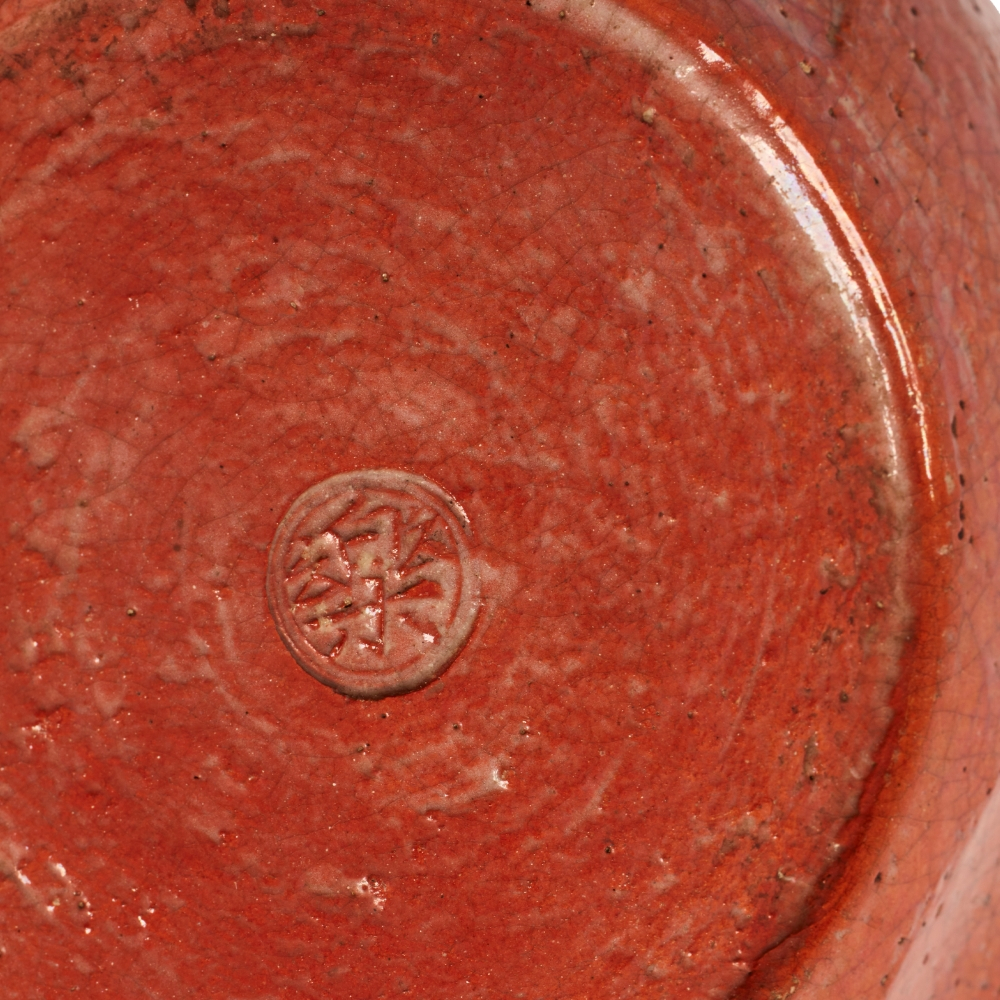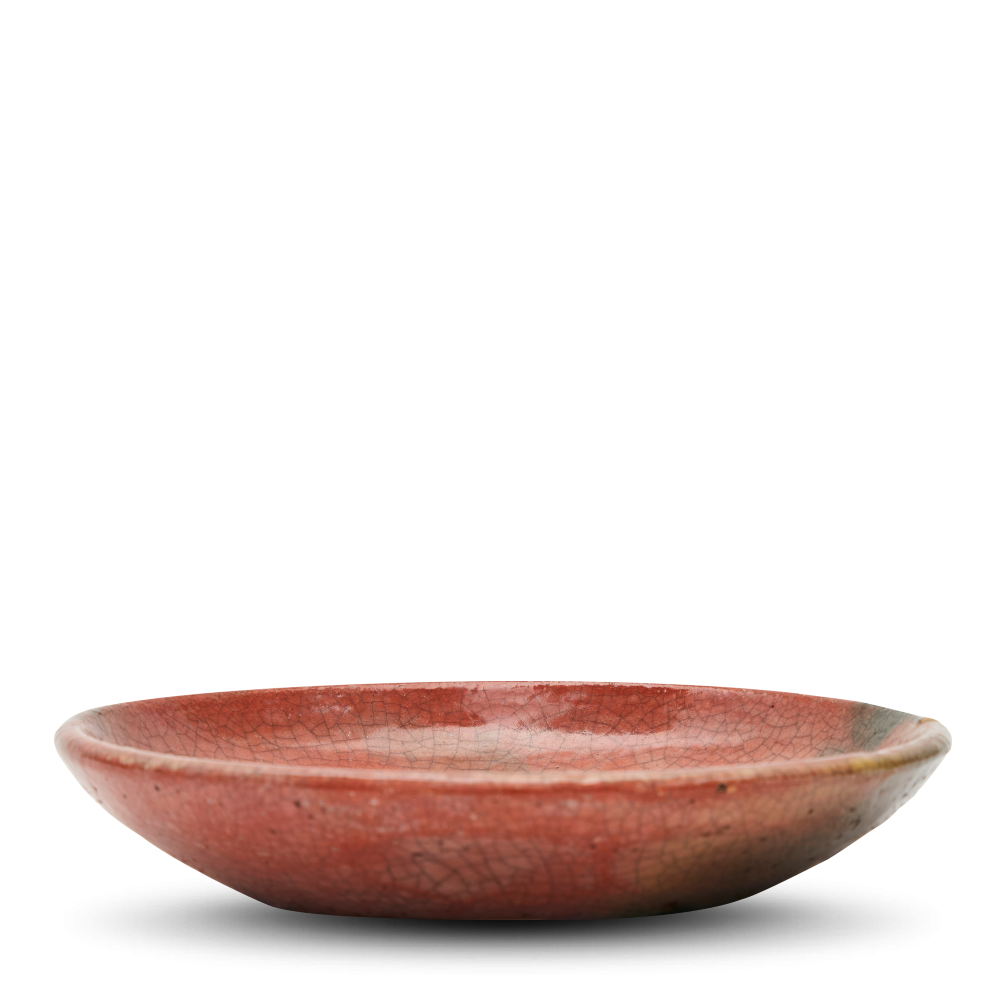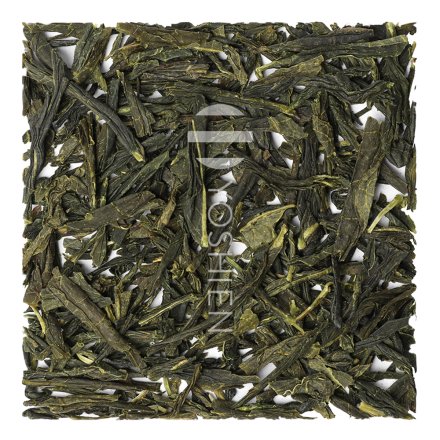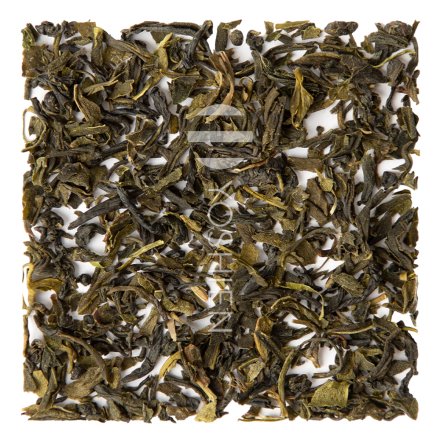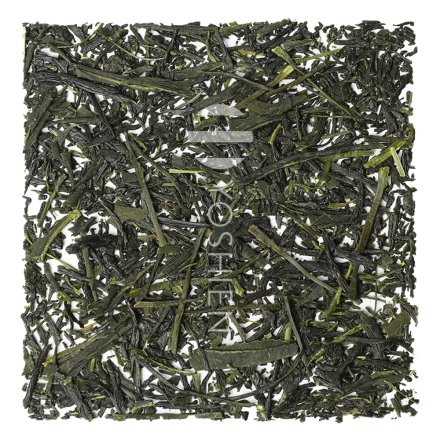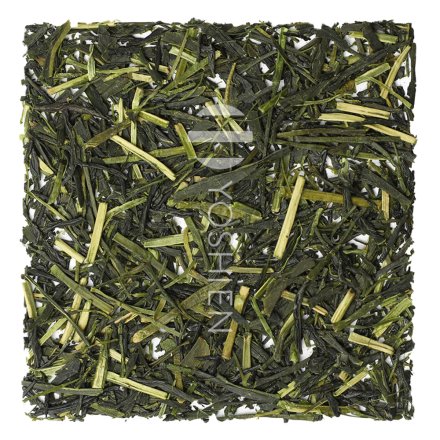Raku-yaki is lead-glazed tea pottery made for tea ceremony which is fired relatively briefly and usually freely moulded by hand. It was initially produced only in the colours red (aka-raku) and black (kuro-raku), with white, amber and, rarely, green oribe raku bowls being later additions. Raku bowls feel very soft and warm, absorb a lot of moisture and gain patina and beauty over time. They are considered the finest bowls for tea ceremony, with red and black considered the best colours to complement the bright green matcha. The first raku bowl is said to have been made around 1579 by the brickmaker Chōjirô under the guidance of the great tea master Sen no Rikyû. After his death, Chōjirô was honoured by Prince Hideyoshi by bestowing the raku seal upon his successor, Jôkai. Since then, the Jôkai family has used the name Raku and, along with a few smaller potteries, still produces these exceptional tea accessories in Kyoto.
Soft-fired pottery made by successive generations if the Raku family in Kyoto (wakigama). hand-moulded not formed on potter's wheel, fired in small-scale in-house kiln (uchigama). The first generation Chojiro started the Raku family at the begninning of the Tensho era (1573–92)
Aka-Raku 赤楽
A fine ferruginous clay is used for red raku (赤楽). The red shade of the bowl, together with the light green shade of matcha, is considered in Japan to be the most elegant colour combination. The clay is dug and stored by the raku family for following generations. Several layers of glaze (kamogawa-ishi) are applied by cutting and pressing, and are finally covered with a raku transparent glaze. The firing temperature of 850-1,000°C is much lower than for black raku. The red hot bowl is removed after only 25 minutes, and is quickly cooled in the air.
There are two types: transparent glaze directly on red clay, and coating the base with ocher and then with a transparent glaze











